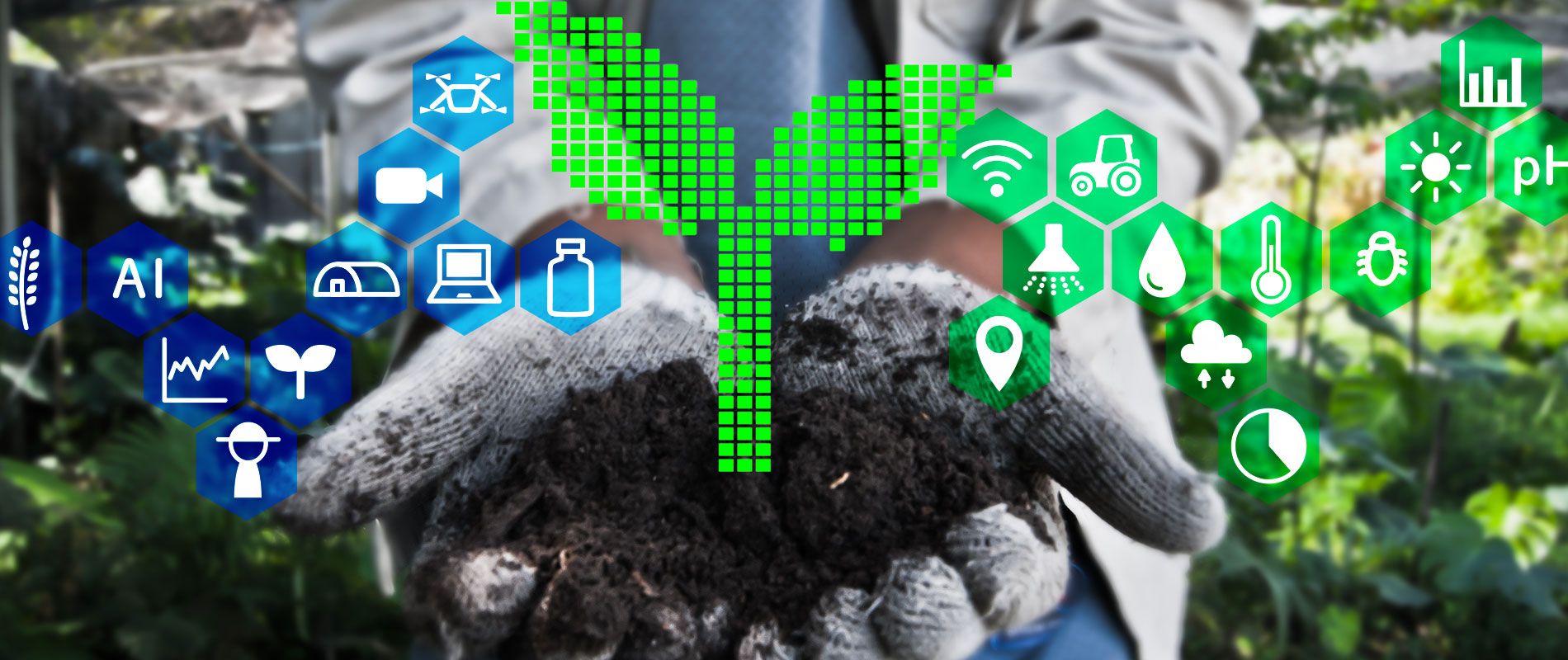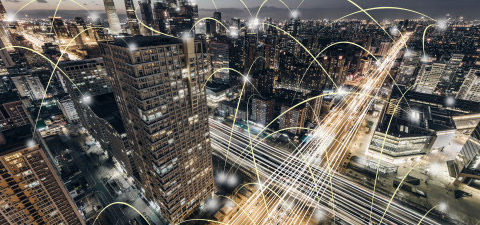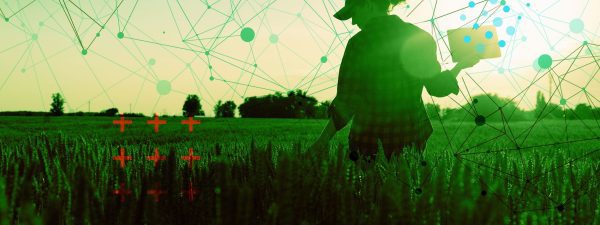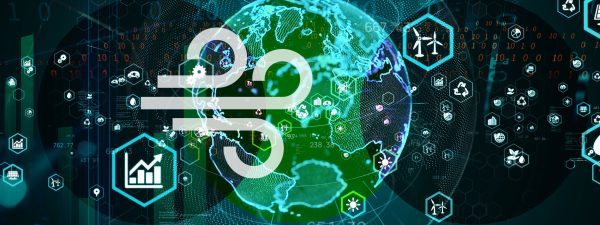Agricultural facilities spend a monumental amount of time monitoring their crops and livestock, which is time consuming and labor intensive, to be sure. Enter smart farming.
What is Smart Farming?
Smart farming uses Internet of Things (IoT) technologies and sensors to monitor and automate agricultural tasks. These IoT technologies allow farmers to collect real-time data that can help reduce costs while increasing production volume and quality.
How IoT is Used in Smart Farming
IoT solutions are used in smart farming in myriad ways. Some of the applications include:
- Livestock Monitoring
Livestock monitoring historically has been complex because of its many moving parts. As a result, it has required extensive manpower, which, needless to say, can become very costly. That’s where IoT solutions come in: They can vastly simplify the livestock monitoring process.
Specifically, IoT sensors can be used to collect data about livestock’s location, well-being, and overall health. The data from these devices can then be used to identify which animals require immediate care. In addition, IoT sensors allow farmers to immediately separate sick animals from the rest of the herd based on collected data.
- Weather Monitoring
Almost everything within the agricultural sector is dependent on the condition of the weather. That’s why consistent weather monitoring is imperative.
The good news is that IoT sensors are now able to accurately monitor conditions such as soil moisture, light intensity, temperature humidity. The information gathered from the sensors can help farmers decide when it makes the most sense to plant or water crops.
IoT sensors can also be used to automate and trigger processes such as air and water control. This can prove invaluable when growing crops and plants that are sensitive to slight weather changes.
- Soil Quality Monitoring
Farmers use a sampling method to check soil moisture content and fertility. The problem with this method, however, is that it’s neither accurate nor reliable since chemical decomposition within soil varies from one location to another. But, once again, IoT solutions can take care of this.
IoT sensors can be installed in farmland at uniform distances to collect accurate and reliable soil data. This data can then be delivered via a mobile application and dashboard to make farm monitoring ultra convenient.
- Smart Irrigation
One of the most time-consuming and labor-intensive tasks in the agriculture industry must be ensuring that farms have proper irrigation. Today, irrigation systems can be automated with smart pumps for sprinkler systems. At the same time, the efficiency and accuracy of these smart systems can be further boosted with the use of soil moisture sensors.
These sensors will assess the condition of the soil. If it’s too dry, sensors can trigger the irrigation system even if it is not yet scheduled to turn on. This way, crops and plants get the best growing conditions, allowing farms to produce high-quality products.
- Drone Monitoring
When it comes to vast farmlands, monitoring costs can be exorbitant. That’s why many large farms use drone monitoring or geo-positioning sensors on a stable path. The data collected from these devices is sent to servers for analysis and decision-making.
- Cost and Resource Management
One of the biggest problems farmlands face is resource overuse, which obviously results in higher overhead costs. IoT devices can help mitigate these costs by managing resources in a more efficient and convenient way.
- Product Quality
IoT devices can also collect data that can be used to easily map out crop cycles. This helps farms identify their yield without having to make guesses, which, ultimately, will improve the quality of their products.
Cybersecurity in Smart Farming
Obviously, smart farming is not immune to cybersecurity-related threats. But, there are several steps that can be taken to minimize the risk, including the following:
- Improve Security on All Devices
One of the most important roles of IoT in smart farming is data collection and analysis. However, this precious data is susceptible to cyber attacks, which is why it is important to improve security on all devices via measures such as password protection and transport encryption algorithms.
- Update Software Regularly
Software security may seem annoying, but it’s necessary. It can immediately make updates that will prevent your system from being compromised. In short: Whenever an update becomes available, don’t wait to install it.
Farming for a Smart Future
Agriculture production must be able to grow along with the population in order to solve global problems such as food shortages. The best way to ensure this is to adopt smart farming solutions that make production more convenient and efficient.




